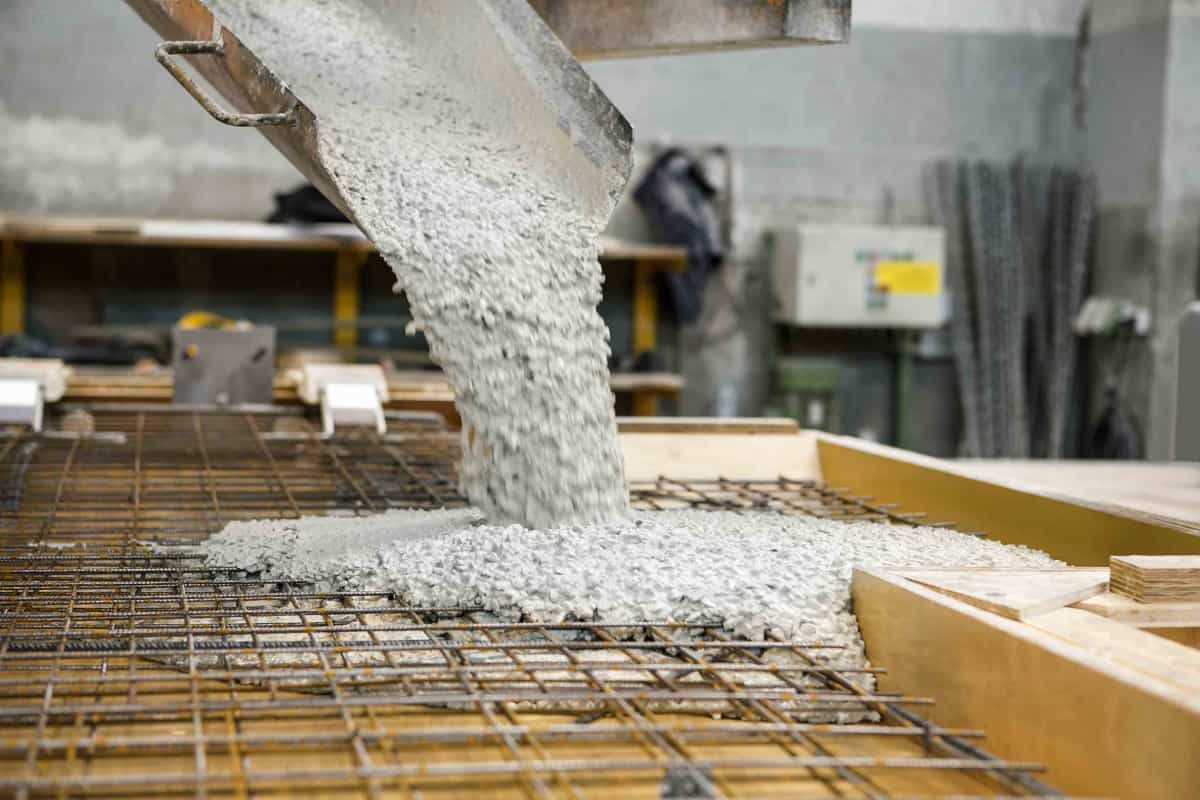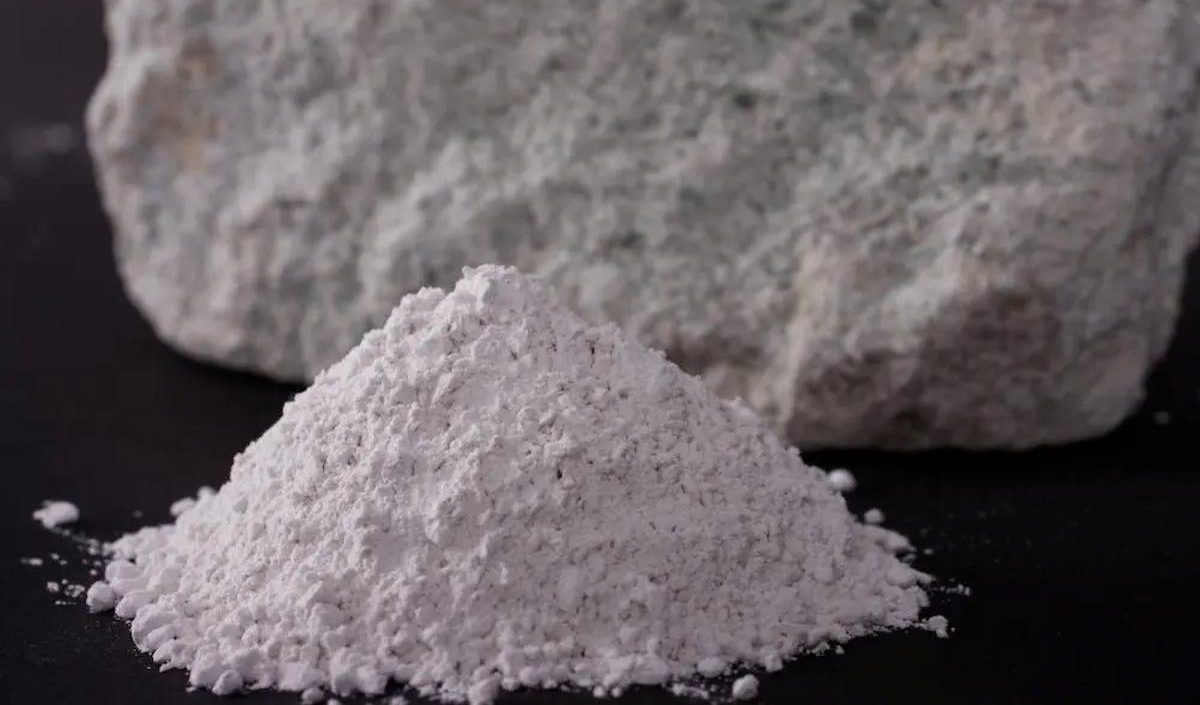Raw dolomite is one of the prominent minerals in the world that has various uses.
These minerals, which are available in different colors such as white, black, gray, etc., with different specifications and packaging, were first discovered in 1791 by the French naturalist and geologist Deodat Grat de Dolomieu. 1801-1750) was discovered when he observed exposures in the Dolomite Alps in northern Italy.
Limestone that is partially replaced by dolomite is called dolomitic limestone.

In the old geological literature of America, it is called magnesian limestone.
Dolomite is the name of a mineral consisting of carbonate, calcium, magnesium and sedimentary rock that forms this mineral.
This rock was originally named dolomite, but to avoid confusion, it is sometimes called dolostone.
Limestone that is partially replaced by dolomite is called dolomitic limestone, in old American geological literature, it is called magnesian limestone.
It seems that dolomite is formed in different types of environment and can have different structural, textural and chemical characteristics.
Some researchers have stated that “there are dolomites and dolomites,” meaning that there may be more than one mechanism by which dolomite forms.

Raw black dolomite
This mineral also comes in different colors including pink, yellow, black, brown and gray although it is pure white.
There are vast deposits of raw dolomite in the geological record, but this mineral is relatively rare in modern environments.
In addition, many modern dolomites are significantly different from the bulk of the minerals found in the rocks, leading researchers to speculate that the environments and mechanisms involved in the formation of dolomite in the past were significantly different from those involved in the formation of dolomite today. Is different.
Dolomite makes up about ten percent of all sedimentary rocks and travertine, including many sedimentary rocks that were produced near the Earth’s surface.
Although much of the dolomite in the rock appears to have formed under low-temperature conditions, the laboratory synthesis of undisputed dolomite requires temperatures in excess of 100°C, conditions typically required for burial in sedimentary basins.

The high temperature probably accelerates the movement of calcium and magnesium ions so that they can find their place in the ordered structure in a reasonable amount of time.
Modern dolomite is found as a sedimentary mineral in specialized environments on Earth’s surface.
In the 1950s and 1960s, dolomite was forming in highly saline lakes in the Coorong region of South Australia.
Dolomite crystals also occur in deep-sea sediments where the organic matter content is high, in such cases the mineral is called “organogenic” dolomite.
Characteristics of raw dolomite
This mineral forms curved crystals that are usually twinned, but are usually found in clumps.
If we want to say more about the characteristics of raw dolomite in stone mining, we should point out that this material is arranged in a triangular, rhombic system.
Its physical properties are similar to calcite, but it does not readily dissolve or boil in dilute hydrochloric acid.
Small amounts of iron in the structure give the crystals a yellow to brown color.

There is a solid solution series between dolomite and iron-rich ancrete, in addition, manganese may replace up to three percent of manganese oxide in the structure.
The high content of manganese gives the crystals a reddish pink color.
Lead and zinc may also replace magnesium in the structure.
Packaging of raw black dolomite
This mineral is used as an ornamental stone and decomposition of dolomite, raw material for cement production and source of magnesium oxide.
Raw dolomite, which is available in the market in different packages and weights in colors such as white, black, gray, etc., is also an important oil reservoir and as a host rock for ore deposits of base metals (i.e. easily oxidized metals). It is used like lead, zinc and copper.
In places where calcitic limestone is uncommon or very expensive, dolomite may be used as a flux (impurity remover) for smelting iron and steel.
In horticulture, dolomite and dolomitic limestone are added to soil and pots without soil to reduce their acidity and so-called sweet.

Bulk raw dolomite
This mineral is sometimes sold as a dietary supplement under the assumption that it must be a good source of calcium and magnesium, two important nutrients at the same time.
Raw dolomite, which is mainly supplied in our country for its various applications, in some areas contains significant levels of lead and other toxic elements, so customers of this material should check before consuming these dolomite supplements that mainly in are non-mineral regions of the world.
Dolomite and silica rock have a glassy appearance and usually consist of a beautiful combination of colors that give it unique patterns.
It can be found in gray, white, red, light pink and even yellow-brown colors.
You can expect a dolomite countertop to outperform marble and last even longer.
Consider that we are talking about stones that can last for decades and remain beautiful if taken care of.

This stone is very resistant to wear and tear, and although it is more prone to cracking and chipping than granite, this is unlikely to happen.
By choosing dolomite, you can feel more secure than marble, but you still need to take care of it a bit and you should always look after it.
Raw dolomite in bulk
In this article, we tried to provide you with useful information about this mineral and iron ore.
With regard to the experience and trust that it has had over the years through honest activity and quality in the supply of raw dolomite in bulk, the group promises you that you can contact leading experts to order the product and for more information. Contact us by filling out the contact form.




